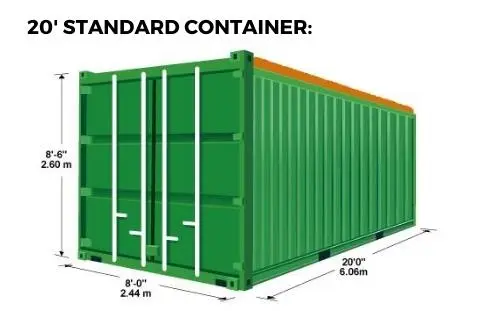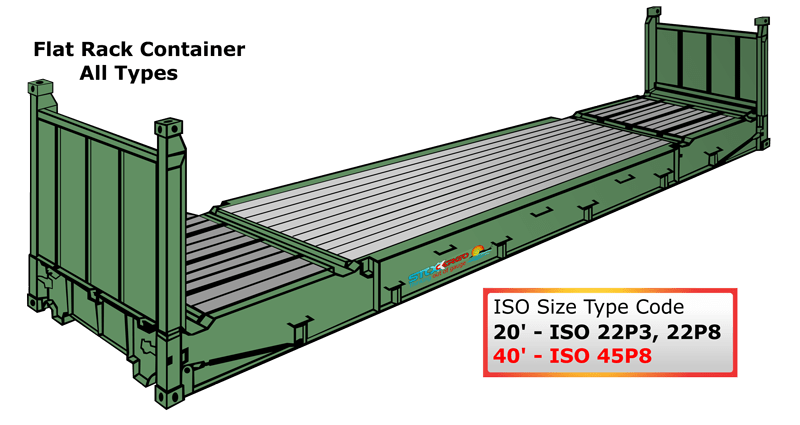It depends on the type of product you are making. If you are making a physical product,
then you should write down the requirements of each material, the exact measurements of
each material, the supplier, the company you are getting it from when you will get it,
what you should do after you receive it, and also, you should include a checklist of
every material needed. If you are making a software product, then you should have a
screenshot, the operating system, the software, the time it will take to develop the
software, the number of bugs the software will have, the time the software will take
to be ready to be released, etc.
Stacked containers need to be secured to keep them from sliding and tumbling from the stack.
Steel brackets are used to secure the containers in the stack. They are placed perpendicular
to the direction that the containers are stacked so that the containers can’t slide in a
forward or backward direction. One end of the bracket is placed on the container and a pin
is put through the bracket and into a notch on the container that is called a corner cast.
The opposite end of the bracket is placed on the deck and a pin is put through the bracket
and into the corner cast on the container. The pins and brackets are turned until they are
almost tight, then ratchet straps are used to tighten them so they are just a little bit
more securely in place. When both ends of the bracket are tightened down, the stack is
secured.
About twenty shipping containers are loaded onto a single container ship. A standard
shipping container measures 8 feet in length, 8 feet in width, and about 8 feet tall
which makes the inner cargo space about 20 feet long by 8 feet wide by 8 feet tall.
Shipping containers are broadly made up of top and bottom. The top is known as a deck, and the
bottom is known as the base. There are different dimensions of shipping containers.
These dimensions are 20 ft., 40 ft., 45 ft., and forty-five ft. high. The 40 ft. container
comes in two categories, one has 8 ft. wide and another has 8.5 ft. wide. The 45 ft. high
containers were introduced in the year 2007, and since then the forty-five ft. high is now
in the market.





